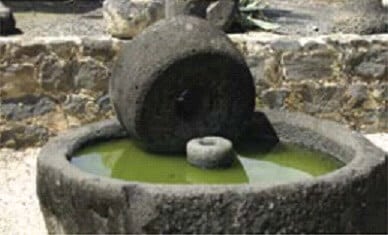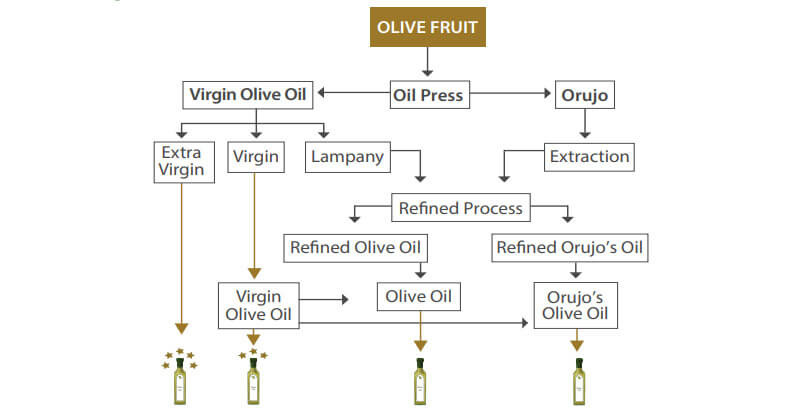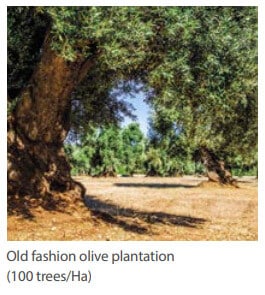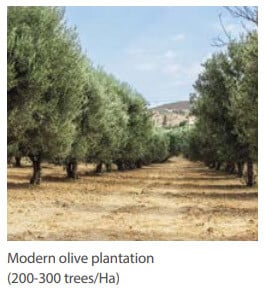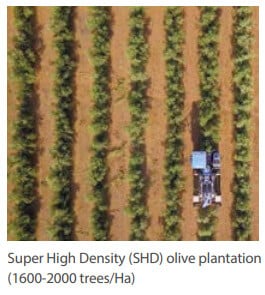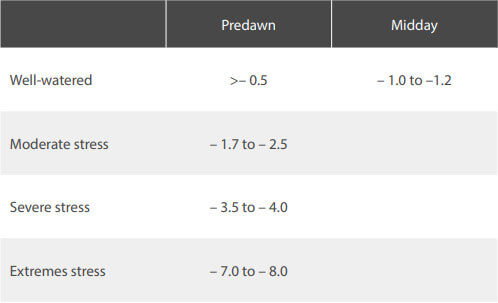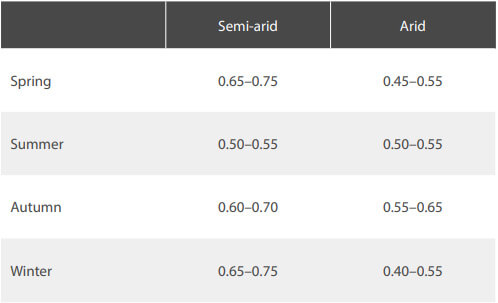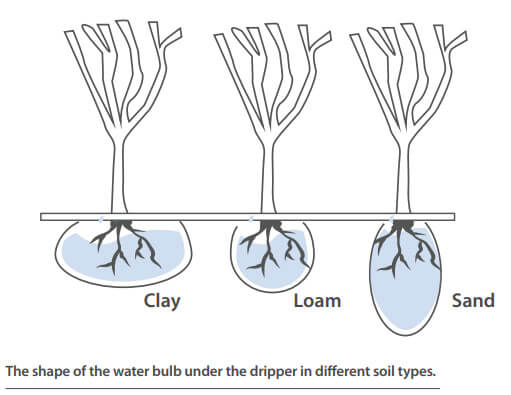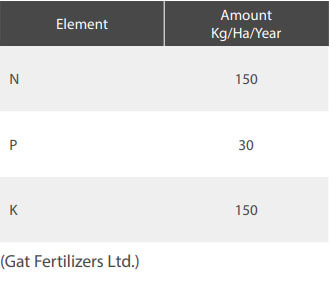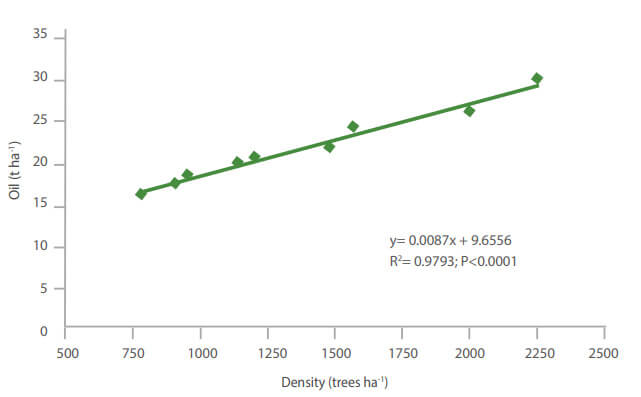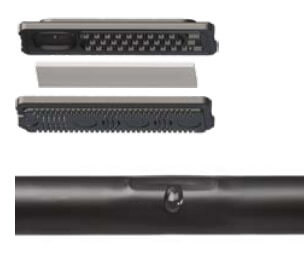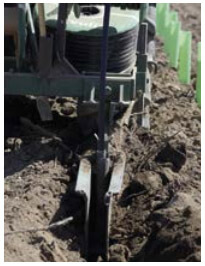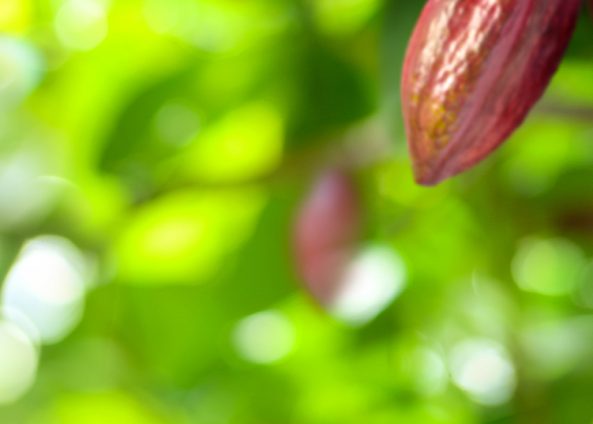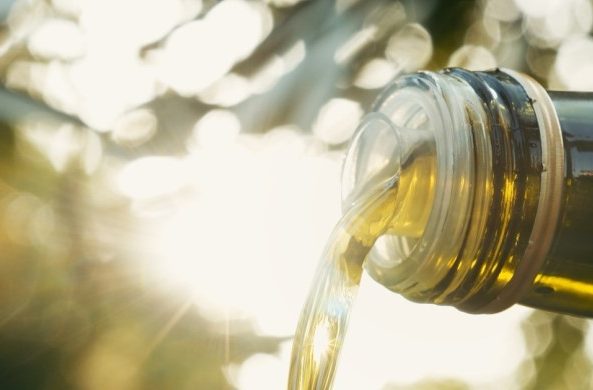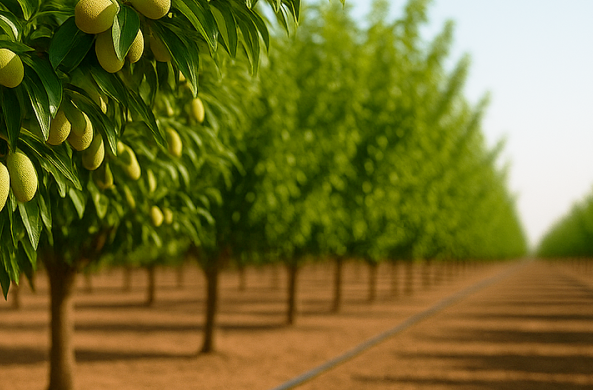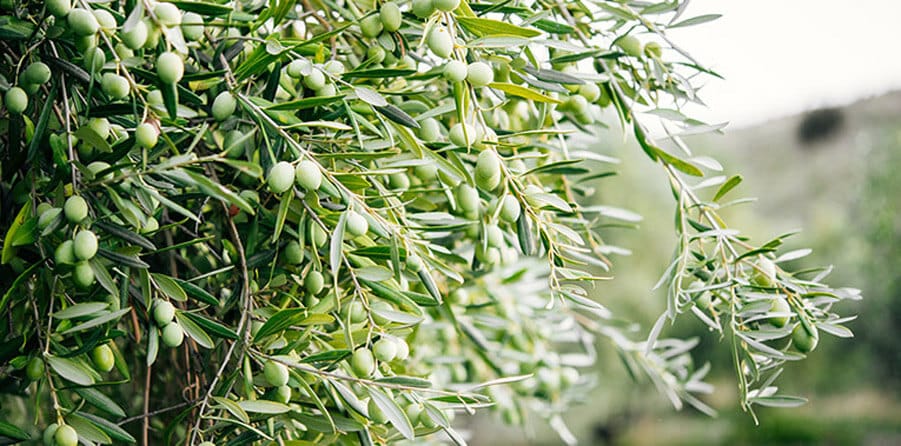
Olive Oil: challenges in a changing
Olives (Olea europaea), “European Olive”, has been around for millennia!
Originating in the Mediterranean basin, olives were cultivated all around the Mediterranean Sea. In addition to eating the delicious fruits, people have been growing olives for their oil. In the ancient world, kingdoms’ wealth was determined, among other things by their Olive Oil industry. Olive oil was indeed a valuable resource 6000 years ago and it still is today.
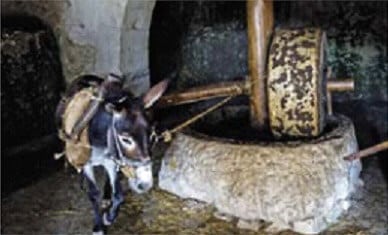
The world is becoming more and more aware of the importance and dietary benefits of high-quality oil and new markets are opening up all the time. The global demand for olive oil is constantly growing and so is the industry.
Olive Oil Categories
In order to keep up with the ever-growing demand, the industry must adopt new technologies. Olive trees are very durable. They are considered quite tolerant to drought and to salinity. They can grow and produce fruit in very warm climates and can endure subzero temperatures. That is why olives were so widely spread and were grown in suboptimal conditions.
Traditionally, olives are grown extensively, very dispersed and not irrigated. Up until recently, a hectare of an olive plantation would contain around 100 trees. Whereas now a typical olive orchard will contain around 300 trees, and an intensive olive orchard can contain over 2000 trees.
Three different olive plantations
Reasons for Change: Climate Change
The climate itself is just not the same anymore.
You used to be able to count on rain. Winter used to be winter. But now, some regions experience dry spells that last for months. It is becoming more and more difficult to grow food relying on rain alone.
Since olives were grown in a Mediterranean climate, water was never abundant to begin with. In some areas, it just does not make sense anymore to grow olives and count on rain to provide for the water demand of the trees.
Drip Irrigation
The transition from rain fed to drip irrigation opens up a whole new world.
Drip irrigation allows the farmer to control the water supply for the trees during the dry seasons. The ability to irrigate allows the farmer to plant more trees in a given area and increase the yields substantially.
Back to the Future
A modern olive plantation looks, and is managed quite differently than a traditional one.
For example, an extensive old fashion olive plantation with merely a hundred trees per hectare can yield around 0.5 tons of oil per hectare a year
A modern olive plantation with around 300 trees per hectare can yield around 1.6 tons of oil per hectare a year!
In order to maintain these kinds of differences and these kinds of yields, seasonal rains just won’t cut it! Two to three times as many trees per hectare require planning. This kind of plantation requires an advanced irrigation system. Trees are reliant on every dripper to provide sufficient water and injected nutrients. As each tree will only have a limited number of drippers, high-quality drip lines along with excellent hydraulic design is paramount to protect a farmer’s investment.
It all starts with design, where Rivulis will design an irrigation system according to precise data, including:
- Soil type and characteristics
- Climate and meteorologic information
- Water and soil analysis
- Evapotranspiration
- Tree stand
- And budget
Rivulis will analyze and design a custom-made irrigation system adjusted to the grower’s specific needs.
Water Demand
As mentioned before, olive trees are well adapted to water stress. There are various mechanisms that take place as a response to water stress:
- Narrow xylem vessels with low hydraulic conductivity reduce risk of embolism (cavitation created from micro-bubbles).
- Osmotic adjustment allows a positive pressure (turgor) to be maintained in the cells.
- Abscisic acid (a phytohormone) may play an important role as an endogenous messenger influencing the response of the tree to drought.
- Aquaporins (proteins) may facilitate the flow of water across cell membranes by increasing their hydraulic conductivity.
- Proline (an amino acid) is an important component of the response mechanism of the olive to water stress. In addition, the following attributes of the leaf all contribute to the protection against water loss: low water content when a leaf is saturated, large wax content that increases diffusion resistance of the cuticule, specialized cells at the base of the peltate (trichome) stalks and the dense packing of mesophyll cells. (Fernández et al., 1997; Sebastiani, 2011).
However, the fact that olive trees are so well adapted to water deficit does not mean that they, in any way, benefit from it compared to providing them with optimum irrigation conditions! The response to stress, in the form of stomatal closer and reduced photosynthesis, comes at the expense of production. Maintaining more optimal conditions allows the tree to continue manufacturing assimilates which, in turn, become oil. Fernández et al. (1997) showed that in well-irrigated trees, pre-dawn leaf water potentials never fell below –0.50 MPa, but reached –2.47 MPa at midday late in the season. The corresponding values for unirrigated trees were less than –1.60 MPa and –3.63 MPa respectively. After watering, both these variables matched those of irrigated trees within two days.
Water Requirements of Olive
Typical values of stem water potential (MPa) at different levels of water stress on sunny, summer days (ET0= 5–6 mm d-1) (based on Fereres, 2012).
Down to Earth
Irrigating a plantation is an art! Knowing when and how much water to apply takes a lot of experience and requires a lot of information.
Canopy size, Soil type, Climate, Season, Variety and more, all effect the water demand of the orchard. It’s very difficult to come up with a Kc that is accurate enough for all cases but there are thumb rules.
⦁ Kc of 0.4 to 0.75 are the dominant values on which water should be supplied in most cases.
Generally:
An extensive, old fashioned olive plantation (100 trees/Ha) would require less irrigation than a modern olive plantation (300 trees/Ha).
Kc Values of Olives
Values of Kc for olive orchards in semi-arid and arid locations (figures from Fereres et al., 2011).
Drip Spacing and Number of Laterals
The question often arises, “how many laterals should I use per row?” “what dripper spacing should I use?” well, the proper answer is: “It all depends.”
As a rule, the heavier the soil (higher clay content), the wider the wetted area created by the dripper. The lighter the soil (sandy), the narrower the wetted area created by the dripper.
If your olives are planted on a sandy light soil, you should probably use two laterals per row with a relatively short distance between drippers. If your plantation is planted on a heavy soil one lateral would probably be enough and the spacing between the laterals can be larger.
Note: Tree spacing also has a large impact on irrigation design.
It is always recommended to consult with one of the professionals at Rivulis to determine the right dripper spacing for your orchard.
Regulated Deficit Irrigation (RDI)
Regulated Deficit Irrigation (RDI) is an irrigation approach that creates a water deficit in a specific stage in the season (from pit hardening to the end of the summer).
The RDI method relies on the concept of stressing the tree at the stage of pit hardening so that less resources would be invested in the pit and instead would be inverted to other processes in the tree, such as oil production. Fereres (2012) has found no obvious advantage of one of the methods over the other. So, each case should be addressed specifically. RDI was proven successful in many cases, and helpful especially under limited water availability during the season.
Fertigation
Like any other crop, olives also have nutrient requirements. Having an irrigation system allows you to provide and control the nutrient demand of your plantation. By Fertigation, you can actually constantly feed your crop using the irrigation system. You can actually spoon feed your trees all throughout the season.
The More the Merrier – or is it???
People usually tend to think that the more you put in, the more you take out. Well, when it comes to olive oil production, this is not the case.
Research has shown that too much nitrogen can actually decrease oil quality. To be more precise, applying more than 150 Kg of pure Nitrogen/Ha will come at the expense of oil quality. For your convenience, here is a table of recommended nutrient amounts to be applied to your plantation:
Super High-Density (SHD) Plantation
For decades the modern agriculture has adopted the approach of a denser orchard with much smaller trees. It has been shown that having more trees at a given area will ultimately increase yields. The olive industry has adopted this trend in recent years with more and more plantations being planted in an ultra-high density configuration. With down to 1.25 meters between trees and 4 – 3 meters between rows, modern olive plantations can hold over 2000 trees per hectare. This allows a much higher yield, and much more efficient management. The pruning can be done mechanically and the picking is done using a harvester.
When one considers the planting options for an Olive orchard, one must take a few things into account.
Let’s compare between the traditional approach (100 – 200 trees/Ha) and the Super-High Density (SHD) approach (1600 – 2000 trees/Ha)
Research has shown an increase of at least 20% in yields in a SHD orchard compare to a traditional one (Chania, Greece. 2012). A collaborative study of Davis University and the University of Cordovea found remarkable evidence of the probability of the SHD approach.
Here is a linear regression of accumulated oil per hectare over olive tree density (A) over 14 years after planting the variety “Arbequina”.
This kind of approach necessitates a professional, well designed advanced irrigation system to support and maintain the plantation from planting onwards.
Choosing The Right Dripper
Rivulis D5000 PC Drip Line
The Rivulis D5000 PC Drip Line represents the most significant advancement of Pressure Compensating (PC) drip technology in the past decade. With one of the widest flow regulating ranges available, Rivulis D5000 PC provides outstanding uniformity even on hilly terrain or long run lengths. This helps ensure that your crop at the end of rows receives the same amount of water as those at the start for more consistent yields. Engineered with a large labyrinth, large outlet pool and multi-zone inlet filters, every component of the Rivulis D5000 PC is maximized for outstanding performance and resistance to clogging.
Rivulis Hydro PC / PCND Drip Line
Hydro PC/PCND remains one of the most popular drip lines in the world for one simple reason – you can depend on it season after season. The Rivulis Hydro PC / PCND features cylindrical drippers which are large, tough and can tolerate harsh environments. PC drip line enables longer rows than traditional drip line. Additionally, it enables irrigation over sloping grounds while still achieving the same flow-rate per dripper.
Subsurface Drip Irrigation (SDI)
While subsurface drip irrigation has a higher upfront cost than other drip irrigation methods, it offers long term crop benefits including increased yields, significant water, labor and fertilizer savings, fewer weeds, a stronger root structure, and reduced plant disease; and a high return on investment from decreased operational costs and increased revenue providing greater cash flows to growers. With decades of experience designing, installing and maintaining subsurface drip irrigation projects around the world consisting of the complete end to end solution (drip lines, filtration, automation and fertigation), Rivulis can answer any, and all, of your SDI questions and design and deliver the right irrigation solution for your needs.
More Than Just Drip Lines
Rivulis Filters, Valves, Hydraulic Design Services, Manna Crop Monitoring and more. Ensure that every component of your irrigation system is maximized for best performance year after year.


